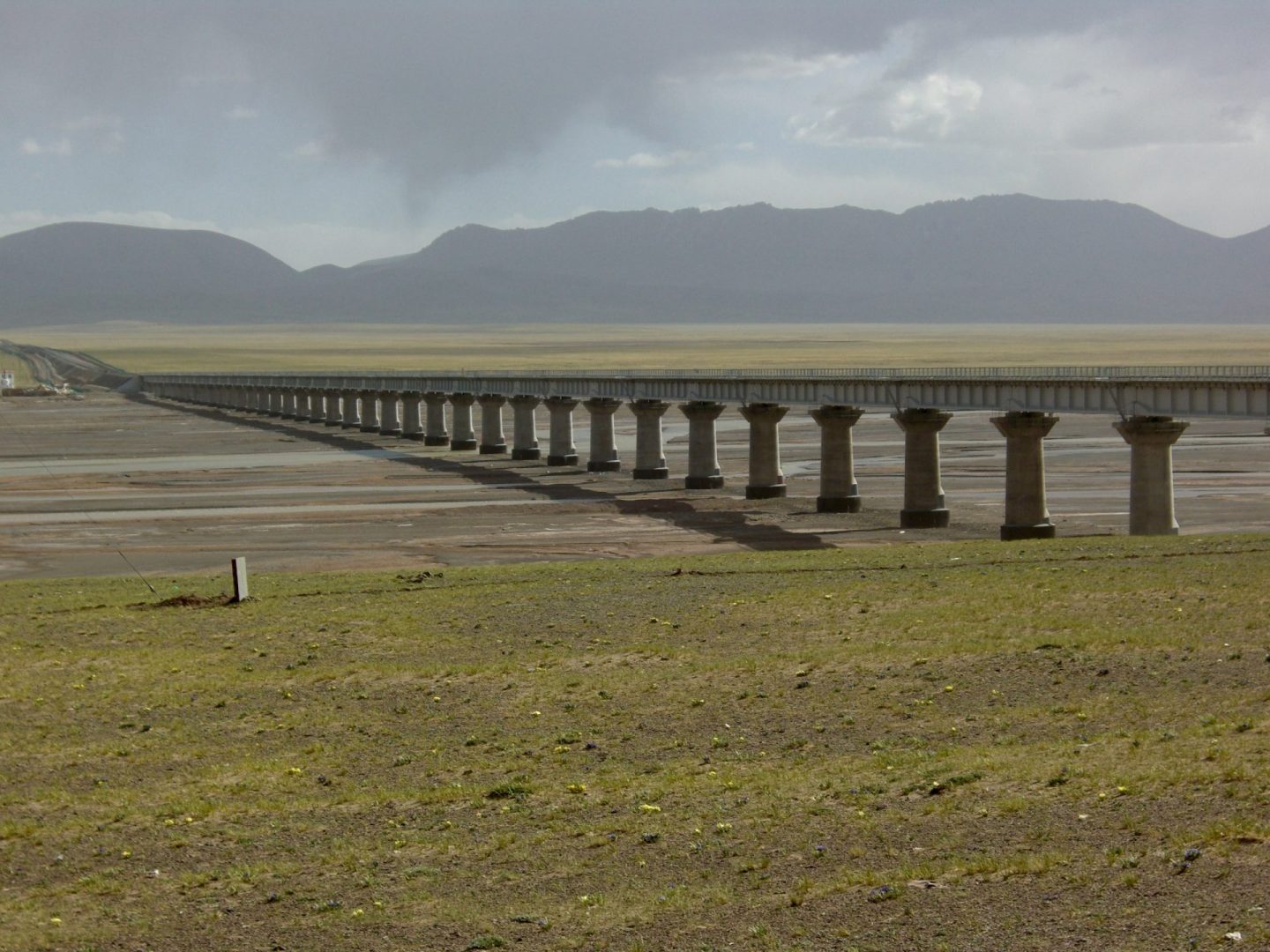“Melting glaciers on the Tibetan Plateau”, an article published on 10 July 2017 following a trip with Chinese and British journalists to the Qinghai Province in China to report about the impacts of climate change on glaciers in the region.
Yanshiping is the last town on the Qinghai-Tibet Highway before Tibet. At an altitude of 4700 metres, its landscape in summer is marked by shaggy yaks grazing in the green pastures and the transparent blue waters of Buqu River – a tributary of the Yangtze. Winters are white and freezing, with temperatures reaching as low as -20°C. It is no surprise that people welcome a warmer, more comfortable climate in this remote region. But there is another side to the changing climate story.
“If I compare this land to what it used to be in the 1960s, it is difficult for me to recognize it,” recalls Qi Mei Duo Jie, a 71-year-old nomadic herder from Yanshiping in China’s central-western Qinghai Province. “Glaciers are melting, temperatures are rising and rainy seasons have become unpredictable.”
Pressure on the Plateau
Nomadic groups of Tibetans have been moving around this area for time immemorial, following the natural rhythm of the seasons and availability of grassland to raise their livestock.
Qi Mei Duo Jie’s family has been raising yaks for at least three generations. “This year has been very dry, and with less grassland it will take longer to properly feed and raise livestock,” he says. “This will mean a lower income for us.”
To compound the situation, warmer climate conditions are attracting more cattle and sheep farmers to this harsh but beautiful high-altitude area, putting additional pressure on the already fragile alpine landscape. This pressure is also starting to squeeze out local wildlife, such as Tibetan antelopes, that depend on the grasslands too. There have even been reports of brown bears wandering close to villages in search of food.
And if bears roaming around town aren’t enough to lose sleep over, the remote rural region is experiencing pollution from greenhouse gases that have been emitted from big cities as far away as Beijing and Shanghai.
These are some of the consequences of climate change on the Qinghai-Tibetan Plateau…
Continue reading on WWF International website. Published on 10 July 2007. Reproduced on Science Daily and Al-Bia Wal-Tanmia, a magazine on environment and development in Lebanon.
Photo: at the sources of the Yangtze river, first bridge in Tuotuohe, Qinghai Province, China © Claudia Delpero, all rights reserved
